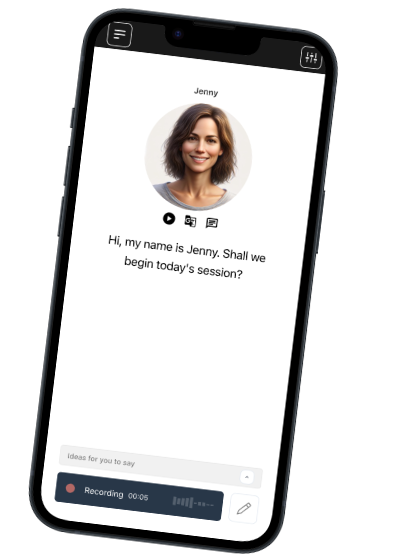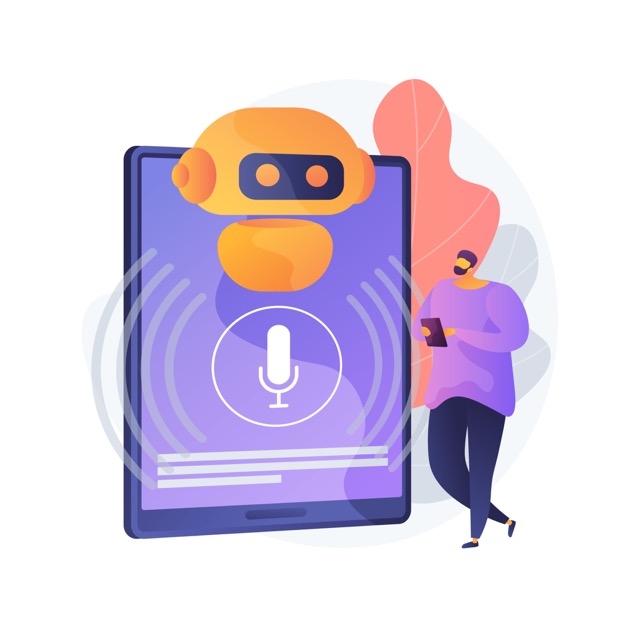Founded in Denmark. We respect your privacy.
Join a worldwide community of language learners
Why Language Apps Struggle with Dialects—And How You Can Truly Understand Local Speech
Last updated on
If you’ve used a language app to brush up on your Spanish or Mandarin, you’ve probably felt the thrill of recognizing key words and phrases—until you step into a real conversation and suddenly find you’re lost among rapid-fire sentences, unfamiliar slang, and accents that don’t match your practice dialogues. What’s going on here? Why do so many language learners, even after hours of diligent study, get tripped up by local speech and dialects? There’s a deeper reason, and if you stick with us, you’ll discover a surprising insight at the end that could transform your approach to language learning.
Most language apps focus on “standard” forms of a language. They teach what you find in textbooks, in formal broadcasts, or in widely accepted exams. However, real-world speech rarely stays within these boundaries. Talk to someone from Madrid and then someone from Buenos Aires, and you’ll notice not just a different accent, but distinct word choices, sentence structures, and cultural references. The same is true in Arabic, Mandarin, English, and many other languages—regional and social dialects shape language as much as grammar rules do.
Dialects are more than just accents—they encompass local vocabulary, idioms, and even grammatical constructions that might never appear in your favorite app. According to Ethnologue, many widely spoken languages are actually families of dialects and sociolects. In countries like Italy or Nigeria, people may switch between local dialects and the standard version of their language multiple times a day depending on context and company.
Why is it so hard for language apps to keep up? For one, dialects are remarkably fluid. They change quickly, are hyper-local, and rarely have as much written down or documented compared to the standard language. Apps rely on huge data sets and standardized speech models to teach pronunciation or comprehension. Gathering quality recordings and examples for every dialect is a monumental task, leaving many regional variants underrepresented or absent entirely. Furthermore, digital speech recognition is often tuned for the standard variety—meaning your attempt at a Scottish brogue might be misunderstood by the AI, even though it would feel natural in Glasgow.
For serious learners, understanding dialects isn’t simply about picking up some slang; it’s about gaining access to the heart of everyday communication, culture, and identity. Research published in peer-reviewed linguistics journals points out that social connections, humor, and trust are built through local nuances—elements that standard language instruction tends to gloss over or ignore. This is one reason why so many expats and travelers report feeling like outsiders even after memorizing thousands of words.
So, what can you do to bridge the gap? First, seek out technologies and platforms designed to expose you not just to “textbook language,” but to the full range of spoken language, including regional accents and natural conversation. Some platforms—like this in-depth guide to Spanish accents and dialects—help highlight key differences and provide targeted practice materials. Immersing yourself in media, such as locally produced films, radio shows, and street interviews, is another effective strategy supported by findings from language research at the BBC.
And now, for that promised insight: Many language apps are starting to use AI not just to teach “the right answer,” but to simulate a range of voices, dialects, and spontaneous speech. If your goal is to move beyond stiff textbook phrases and actually thrive in real conversations—whether in Edinburgh, Buenos Aires, or Cairo—look for platforms that actively incorporate dialects and multiple speaking styles into their practice scenarios. Keep exploring diverse speaking partners, and remember: understanding local speech is less about following a script and more about embracing the beautiful unpredictability of real-world language.
If you’re interested in practicing with genuine accent variety, explore how Spanish as spoken in Mexico or English as used in the UK differ from textbook standards—it’s a key step in becoming not just fluent, but a true conversationalist.
Talk Your Way
to Fluency

Talkio is the ultimate language training app that uses AI technology to help you improve your oral language skills!
Try Talkio


